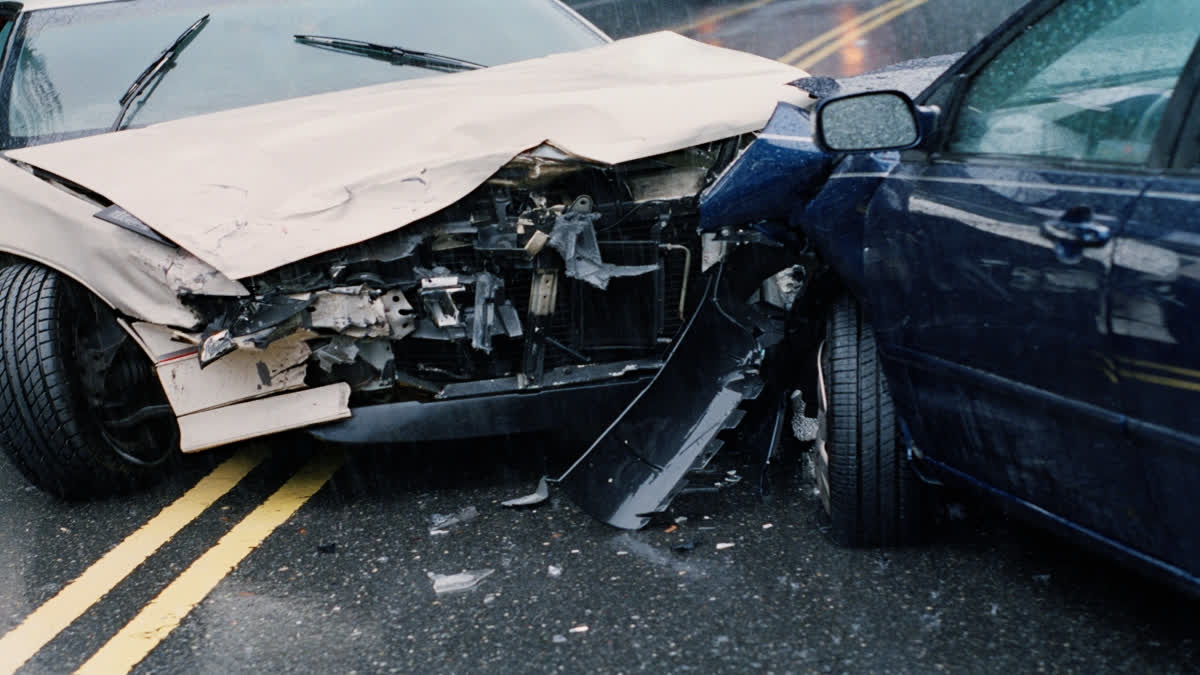The National Highways across the country paint a bloody spectacle. Indian roads witness a tragic fatality every three minutes due to vehicle accidents. Seat belt usage significantly increases passengers' survival chances in such unfortunate events.
Despite comprising just 5 per cent of the nation's roads, expressways, and national and state highways witness a disproportionate number of accidents. The Union Ministry of Transport and National Highways disclosed that 51,888 lives were lost in 2022 on these roads, with speeding identified as a prevalent cause.
Notably, failure to wear seat belts resulted in the deaths of 8,384 drivers and 8,331 passengers. Research indicates that adopting seat belt usage universally could potentially save a third of those involved in accidents, highlighting the critical importance of this safety measure in mitigating road traffic fatalities.
In an era where road safety is paramount, countries like the United States, China, Russia, Norway, Denmark, and Japan have set benchmarks by halving traffic accidents and fatalities over the past decade. Furthermore, over thirty nations have achieved reductions ranging from 30 per cent to 50 per cent. This success is attributed to advancements in seat belt technology and vehicle safety features, alongside stringent enforcement of road safety regulations.
The US National Highway Traffic Safety Administration reported that in 2017, the rigorous enforcement of seat belt laws saved nearly 15,000 lives, with compliance rates exceeding 90 per cent.
In contrast, India faces a dire situation, where annually over 9,000 lives are lost in accidents involving buses, with vehicles often overcrowded and navigating pothole-ridden roads. Disturbingly, these accidents claim the lives of almost a thousand children and adults each year. In stark comparison, according to the International Road Federation, the United States witnessed only 14 deaths in 2021, and China reported 215 in 2022 from similar incidents. Despite possessing merely 1 per cent of the world's vehicles, India is shrouded in infamy accounting for 11 per cent of global road accidents.
In the wake of the tragic car accident involving eminent industrialist Cyrus Mistry, the Ministry of Transport and National Highways has intensified its focus on the enforcement of seat belt regulations. Mandating the inclusion of seat belts, alongside audio-video warning systems and speed limit alerts in all newly manufactured cars, vans, buses, and trucks from October 2022, the ministry has fortified the provisions of the Motor Vehicle Act of 1989.
Additionally, Automated Testing Stations (ATS) are set to be launched nationwide to monitor and penalise traffic violations effectively. This initiative is part of a broader strategy aimed at reducing road accident fatalities and injuries by 50 per cent over the next six years, incorporating comprehensive measures spanning 'Education, Enforcement, Emergency Care, and Engineering'.
Despite these efforts, the practical implementation on the ground leaves much to be desired. The Punjab-Haryana High Court's directive from four years ago, requiring the use of seat belts in all school buses for children, remains largely unenforced.
Similarly, the Kerala government's recent mandate for seat belts in all heavy vehicles, including RTC buses, underscores the importance of voluntary compliance. Adhering to these safety measures is crucial for all drivers, offering immeasurable benefits to their well-being and that of their families.
